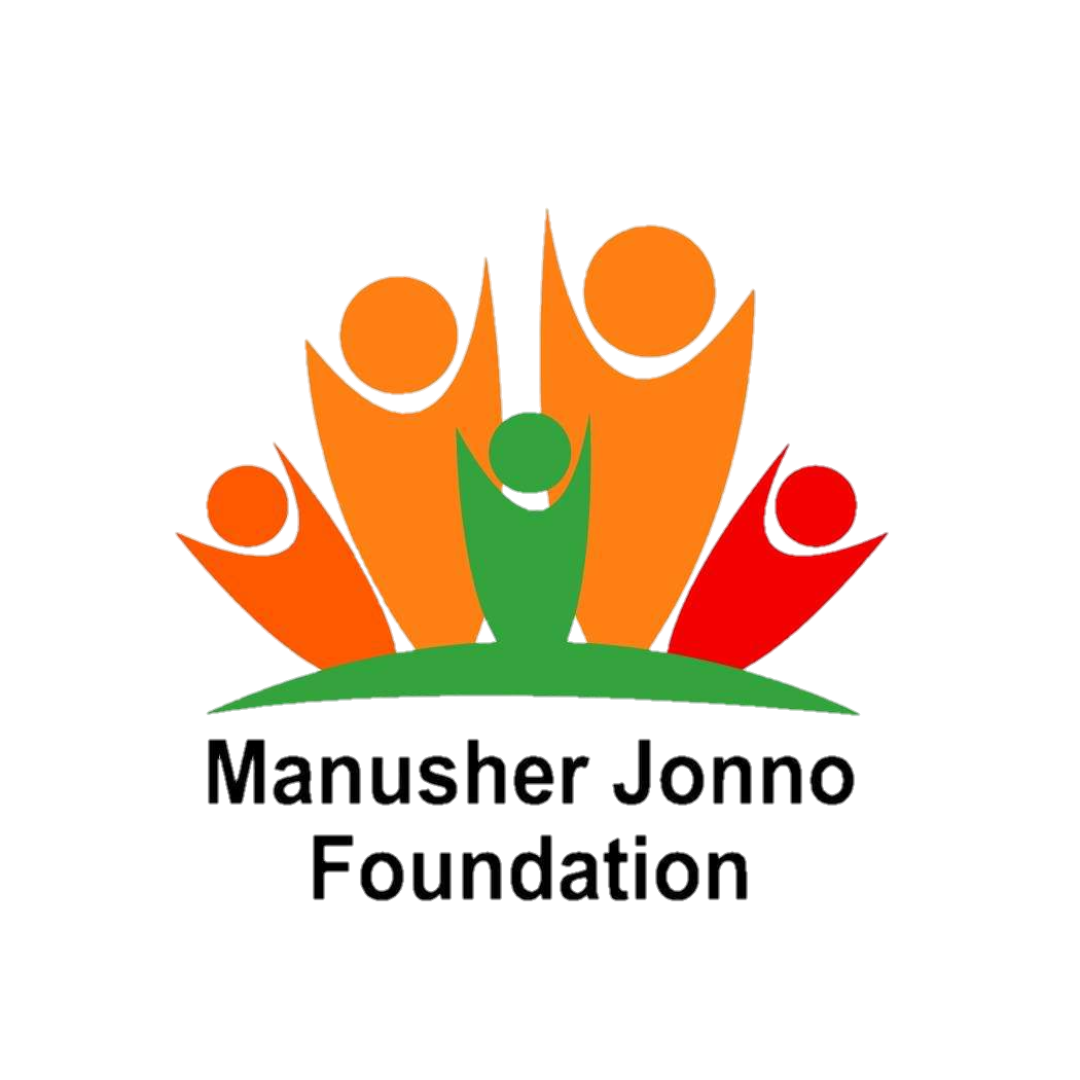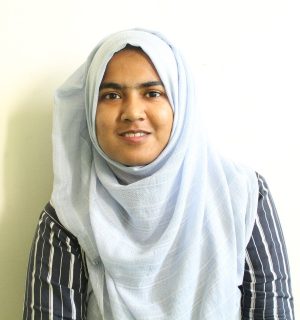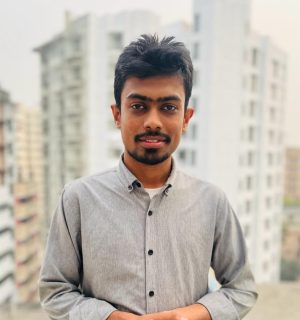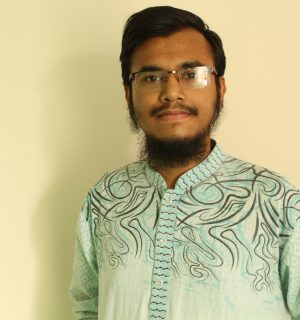Assessing Clean Water Accessibility and Rate of Water-borne Disease in the Kallayanpur Slum Area.
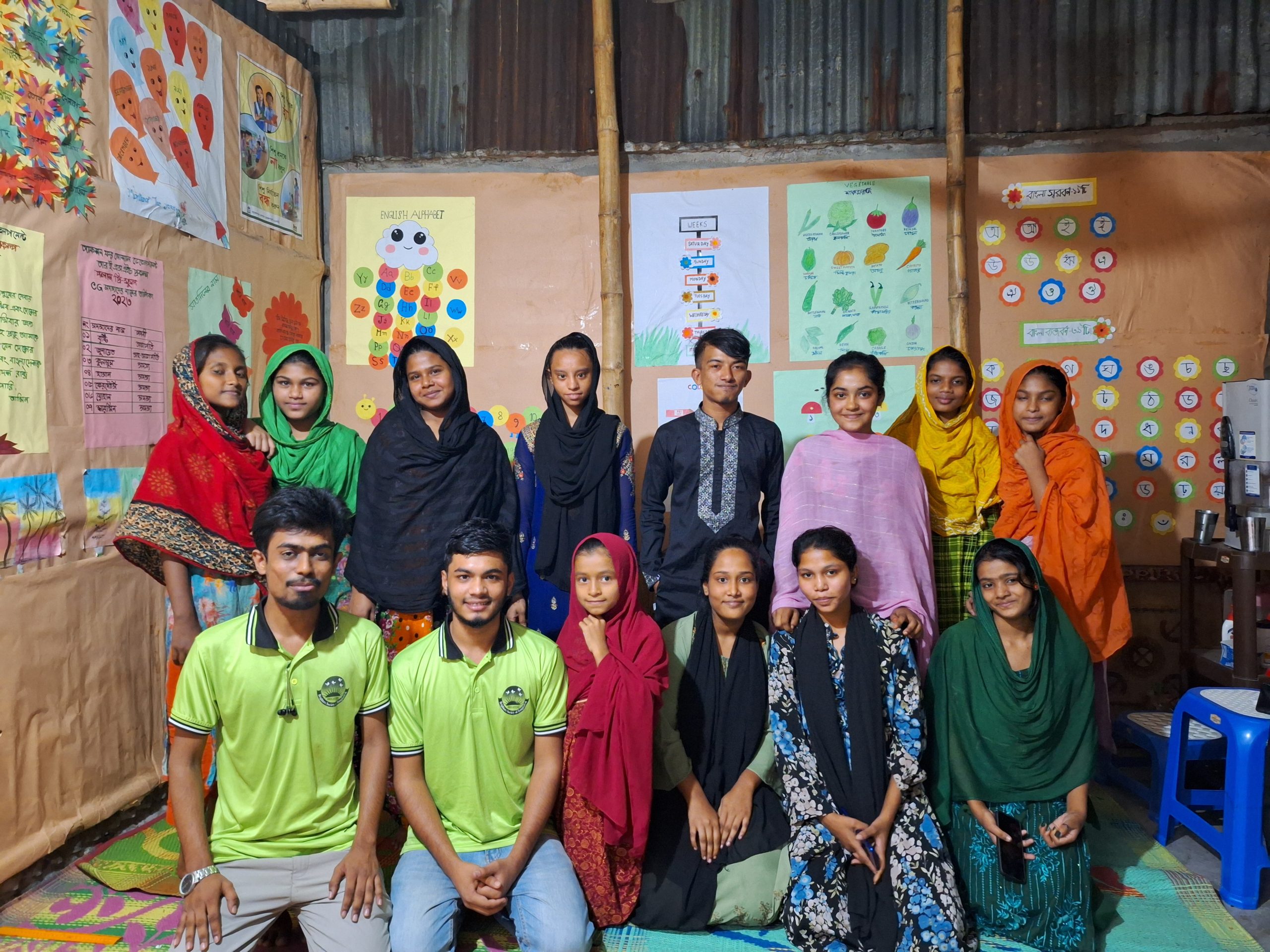
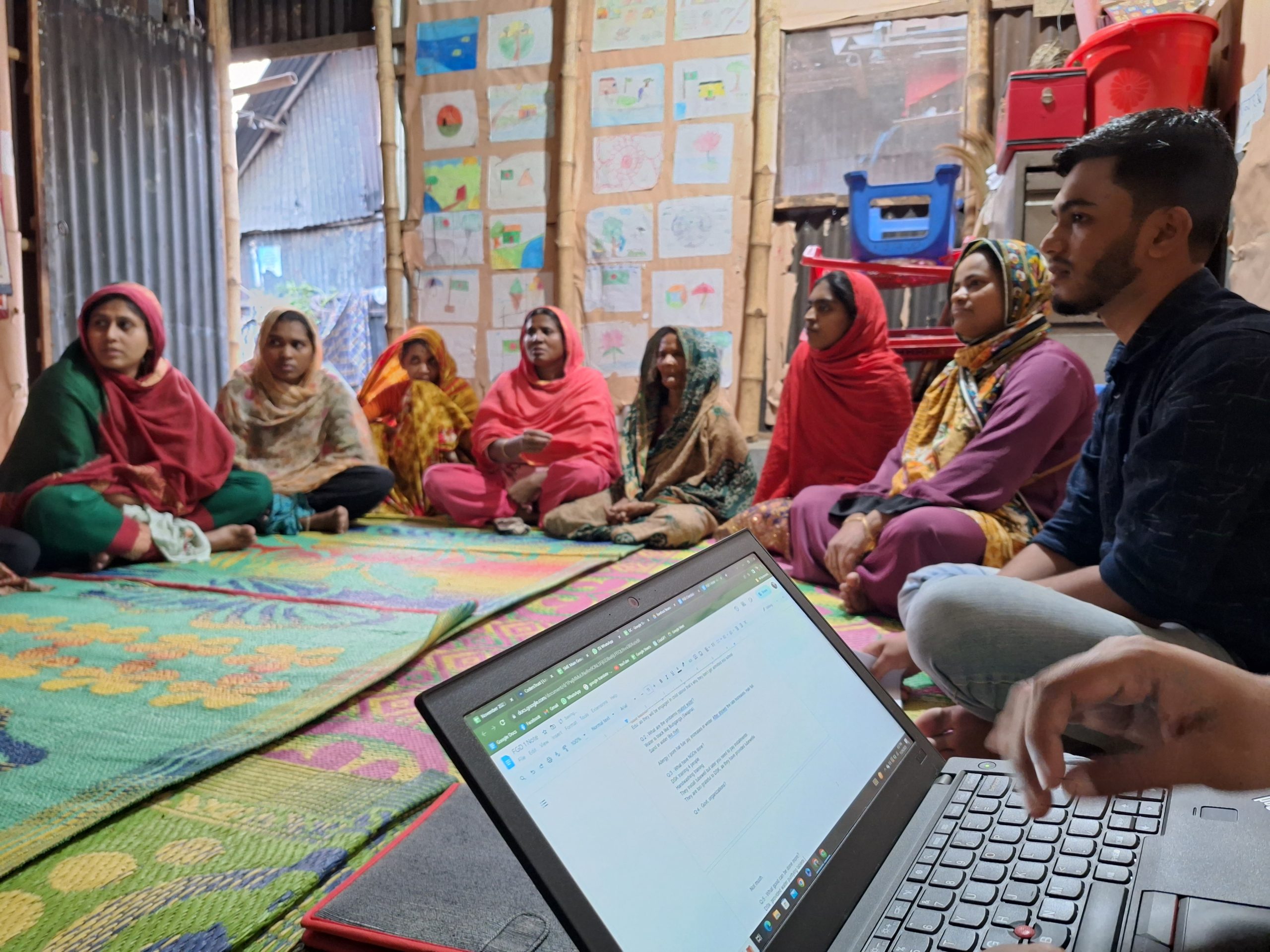
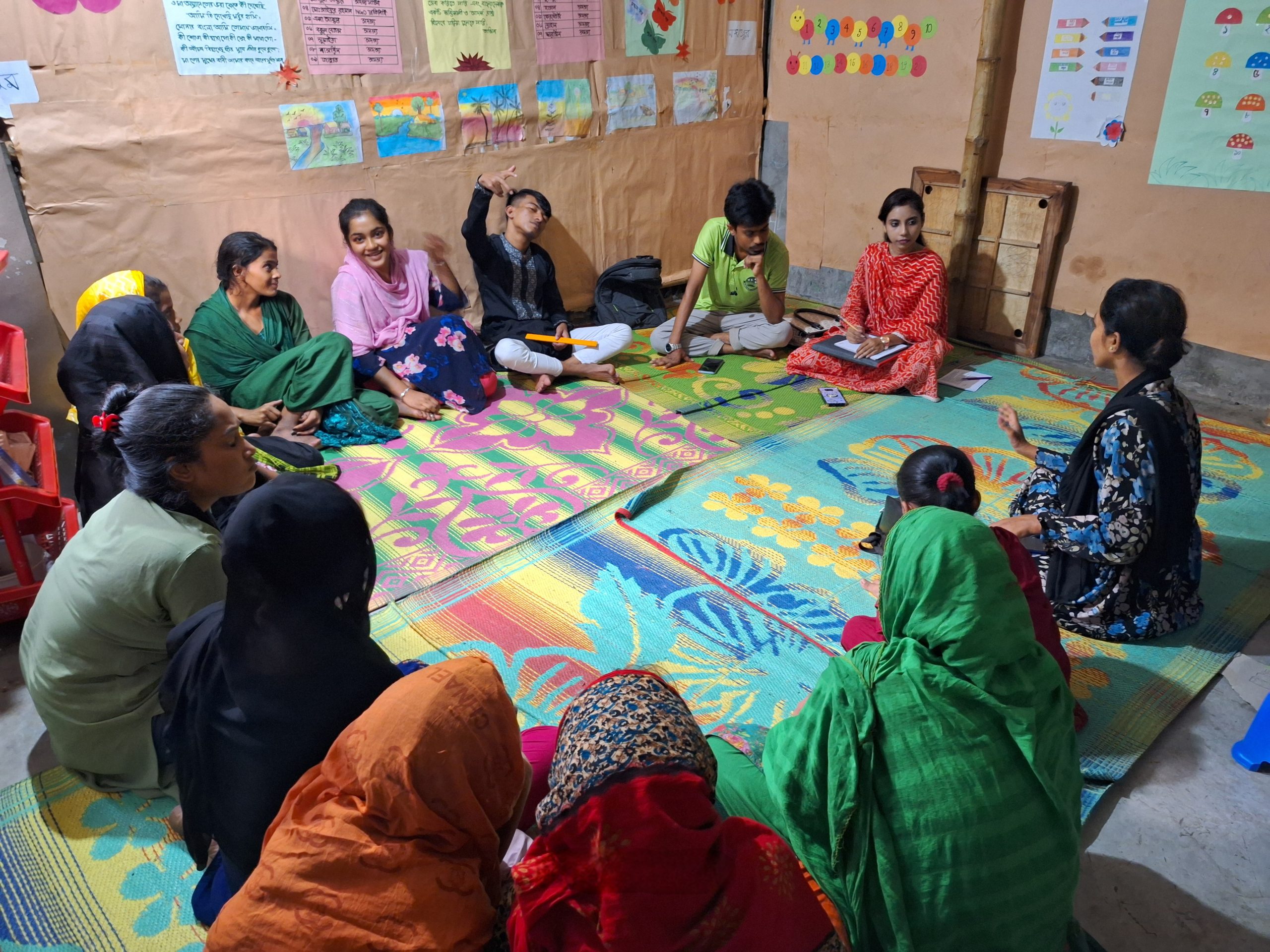
In the Kallayanpur slum area of Dhaka, the study evaluated the availability of clean water and its relevance to problems with sanitation and health. Most of the households in Dhaka City get their drinking water from WASA tubewells. However, the water supply is only available for 1-2 hours per day, which is insufficient to meet their demand. Adding to the challenges, the quality of the water is poor due to contaminants like iron and bleaching powder that degrades the water. On top of the insufficient supply and poor quality, the monthly water bills charged by WASA, ranging from 301 to 500 taka, put a financial strain on families with low incomes. Providing clean, sufficient drinking water is a basic human right, yet the majority of families in Dhaka do not have access to enough safe drinking water in their residences. This is an injustice that must be addressed through policy changes and infrastructure investments to increase supply, improve quality control, and consider subsidized rates for low-income households. Access to sufficient, clean drinking water is essential for health and should be a top priority for the government to ensure for all citizens. Poor sanitation and lack of access to clean water contribute to frequent outbreaks of waterborne diseases like diarrhea and cholera in Dhaka. This year alone, 39% of reported disease cases were attributed to contaminated water sources. Only 34% of residents have access to a hygienic, functional toilet facility, with some toilets shared by 11-15 families at once. Waste disposal services and drain cleaning happen only sporadically, leaving sewage accumulation. The problem of open defecation is exacerbated by toilets that lack running water. Handwashing facilities and water treatment systems are scarce, even though 33% of residents reported receiving hygiene training from NGOs. This lack of infrastructure makes it difficult to prevent the spread of disease, even if awareness is present. When people do fall ill, most have to wait a long time for care at overcrowded government hospitals. The state of Dhaka’s water and sanitation systems is the product of years of insufficient financial and technical assistance from government agencies and NGOs. These organizations have failed to make adequate investments to improve water delivery, sanitation systems, hygiene facilities, and access to preventative care. As a result, the human right to health is being disrupted on a daily basis as waterborne diseases spread through communities at an alarming rate. To reduce the prevalence of diarrhea, cholera, and other diseases, increased funding and improved policies are urgently needed. Investments must focus on upgrading water and sewer systems, increasing toilet access, improving waste disposal, expanding access to handwashing and water treatment, decreasing hospital wait times, and raising awareness. With coordinated efforts between the government, NGOs, and the communities themselves, Dhaka can work to guarantee citizens’ right to both clean water and healthcare. Qualitative insights indicate that residents, particularly women, are concerned about safety, harassment, and time poverty due to the distance and long waits at tubewells. Although these exist, communal taps are thought to be unreliable and dirty. Also they addressed the male members are never involved in the water collection. Only the female members are involved and sometimes it leads to domestic violence too. Enhancing WASA supply duration and quality through infrastructure upgrades is one of the main recommendations. Other suggestions include funding alternative sources like water booths (target 15), filters, and piped connections; building more individual and communal toilets with water access; managing waste by segregating sewage; providing facilities and hygiene education; and forming partnerships with the government, non-governmental organizations, and communities to expand interventions. In conclusion, getting clean water and sanitary facilities is extremely difficult for people living in the Kalyanpur slum. In order to protect their rights and well-being through collaborative, long-term solutions, multisectoral methods are essential.
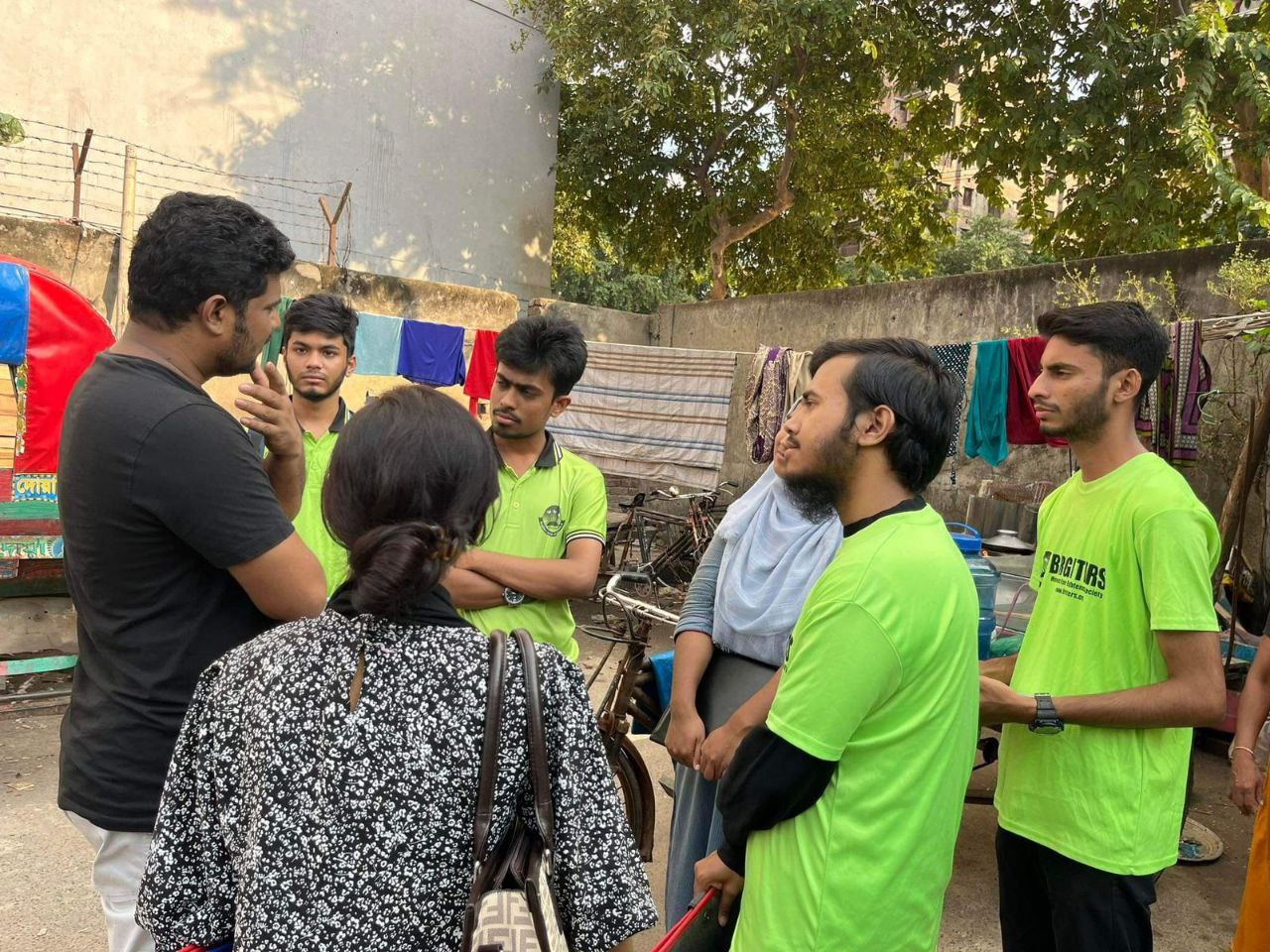
Recommendation
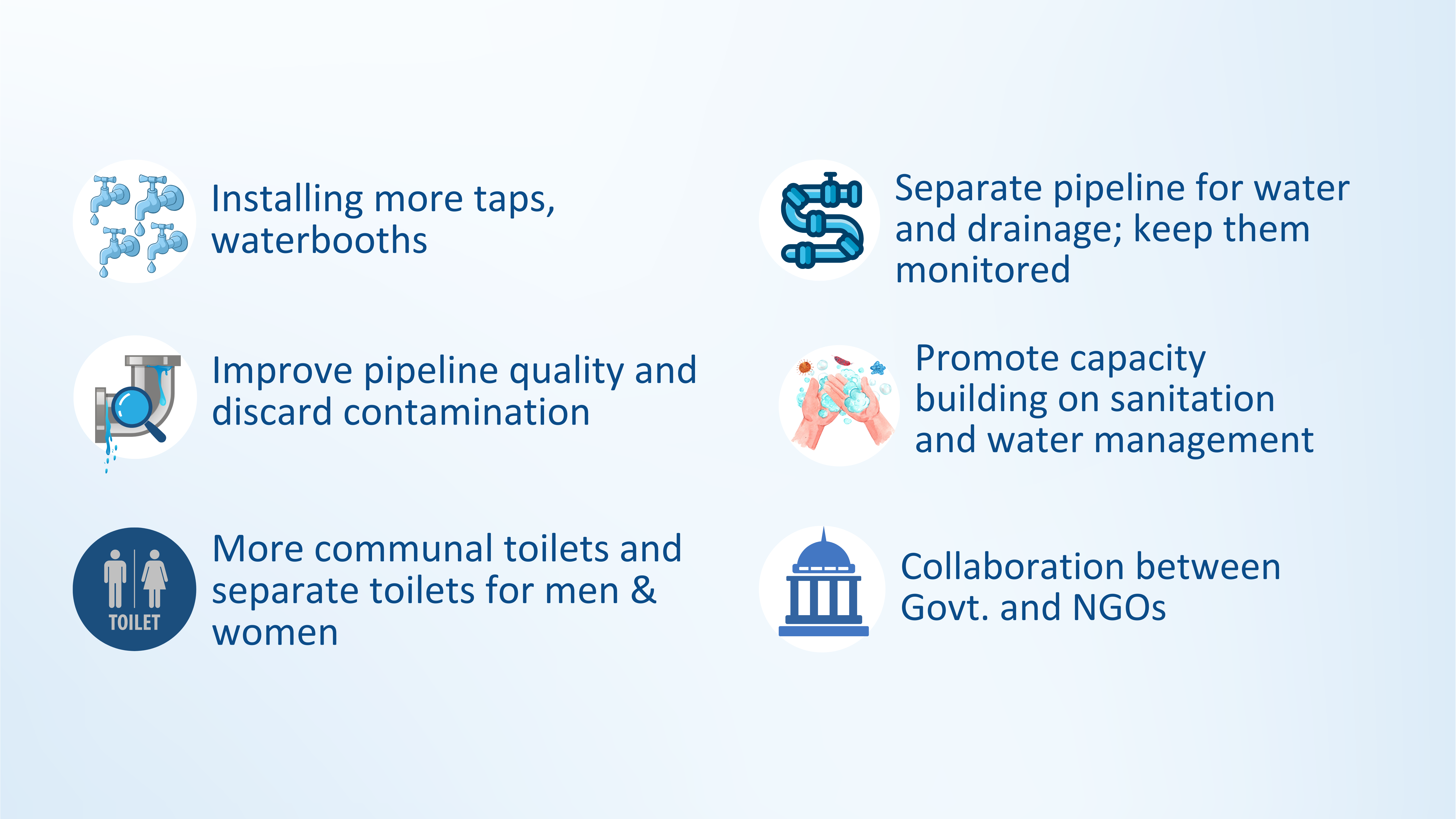
Slum life means a sub-human life being that is deprived of fundamental constitutional rights. From the observations, opinion of the respondents, NGO workers, government workers, local and government representatives and previous data, it is clear that the slum dwellers are not facilitated of important fundamental rights, especially housing and health facilities, job opportunities, sanitation facilities, education, etc. Some socioeconomic characteristics of slum dwellers, such as low literacy, poor housing, and lower educational status, may have had an impact on their health. However, low levels of income, inadequate sanitation services, substandard housing, and the crammed environment in the slums studied might have impacted the environment, which led to higher morbidity among the slum dwellers. After identifying the problem, conducting a thorough and extensive evaluation of the area, and considering the welfare of this slum area, the following recommendations could be implemented:
1. Increase supply and improve quality of piped water from WASA by replacing old pipes, regular testing, and reducing contaminants like iron, sand and bleaching powder.
2. Install more water booths, public taps and subsidies for water filters to provide alternate sources of clean drinking water. Target installing 15 new water booths.
3. Build more communal toilets with sewage connections. Attach water taps and pipelines toexisting toilets. Provide space for new toilet construction.
4. Ensure separate pipelines for supplying drinking water and draining wastewater/sewage to
prevent contamination.
5. Promote good hygiene practices through training and awareness drives, especially for women
and children. Distribute free hygiene products like soaps.
6. Facilitate partnerships between government, NGOs and community to improve amenities.
Mobilize youth groups for awareness campaigns. Enable community contributions.
Research Team
Organised by

Supported by
